Plant Identification from English Garden
hrigsby
9 years ago
Related Stories

GROUND COVERSNative Alternatives to English Ivy, Japanese Pachysandra and Periwinkle
These shade-loving ground covers are good for the environment and say something about where you are
Full Story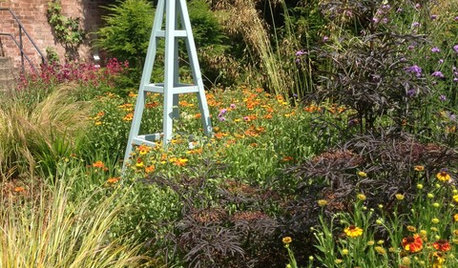
PLANTING IDEASModern Planting Ideas From a Historic English Garden
Low-maintenance, climate-fitting plants are just the beginning of the good things in this bishop’s updated garden
Full Story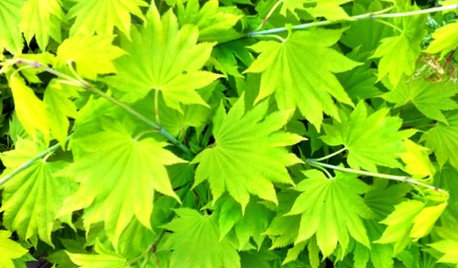
LIME FOLIAGE16 Stunners From an English Garden Center
Get the abundant, overflowing look of an English garden with these hardworking spring-blooming plants and flowers
Full Story
PETSGarden Alert: 22 Plants to Keep Away From Pets
Avoid potential danger by keeping dogs and cats away from these landscaping and houseplant favorites
Full Story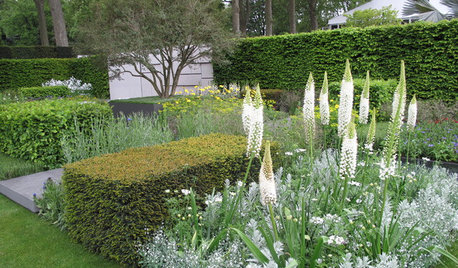
GARDENING GUIDESGreat Garden Ideas From the 2015 Chelsea Flower Show
Peruse inspiring plants, plant combinations and design ideas from London’s famed garden exhibition
Full Story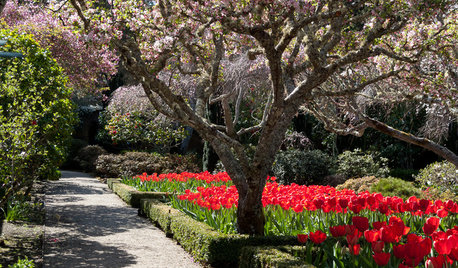
PLANTING IDEASEasygoing Tulip Ideas From a Grand California Garden
Gather up these ways to use tulips to make a spring garden of any size overflow with beauty
Full Story
INSPIRING GARDENSFrom Concrete Lot to Gracious Organic Garden in Seattle
Plants, pests and even weeds have a place in this landscape, which offers an edible bounty and a feast for the eyes
Full Story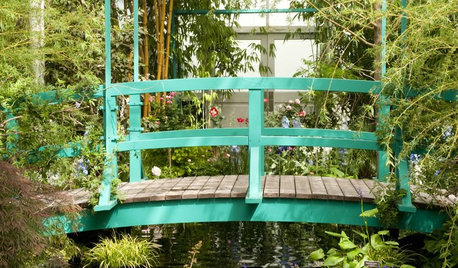
FLOWERSLessons from Monet's Garden
See how to bring the impressionist painter's vision to life in your own landscape with these flower choices and garden design ideas
Full Story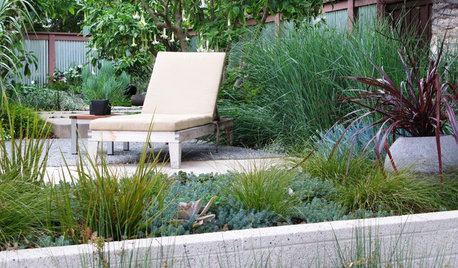
LANDSCAPE DESIGNGet More From Your Garden by Mixing Things Up
Consider an eclectic outdoor style with defined hardscapes softened by exuberant, informal plantings
Full Story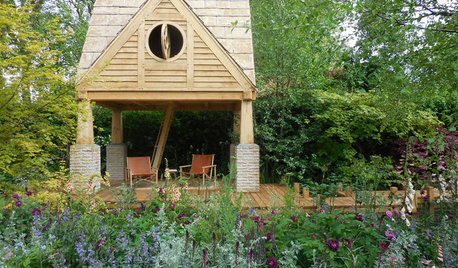
GARDENING GUIDESEnglish Country Garden With Its Own Writer’s Cabin
Tour this lush and magical Chelsea Flower Show garden with a 2-story wooden cabin and tranquil natural swimming pond
Full Story









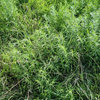
hrigsbyOriginal Author
junco East Georgia zone 8a
Related Professionals
Arnold Landscape Architects & Landscape Designers · Beavercreek Landscape Architects & Landscape Designers · Palm Springs Landscape Architects & Landscape Designers · Vernon Hills Landscape Architects & Landscape Designers · Canton Landscape Contractors · Byram Landscape Contractors · Fort Myers Landscape Contractors · Gallatin Landscape Contractors · Hawaii Landscape Contractors · Kearny Landscape Contractors · Manhattan Landscape Contractors · Post Falls Landscape Contractors · Waltham Landscape Contractors · Washington Landscape Contractors · West Chester Landscape Contractorsken_adrian Adrian MI cold Z5
hrigsbyOriginal Author
hoovb zone 9 sunset 23
floral_uk z.8/9 SW UK
carol23_gw
floral_uk z.8/9 SW UK
peren.all Zone 5a Ontario Canada
hrigsbyOriginal Author
floral_uk z.8/9 SW UK
junco East Georgia zone 8a
floral_uk z.8/9 SW UK
carol23_gw
floral_uk z.8/9 SW UK
hrigsbyOriginal Author
davidrt28 (zone 7)
Embothrium
davidrt28 (zone 7)
floral_uk z.8/9 SW UK
davidrt28 (zone 7)
kathyannd